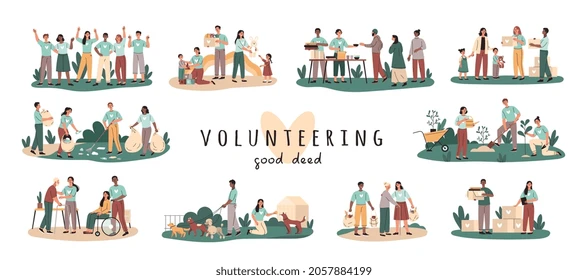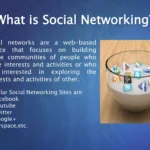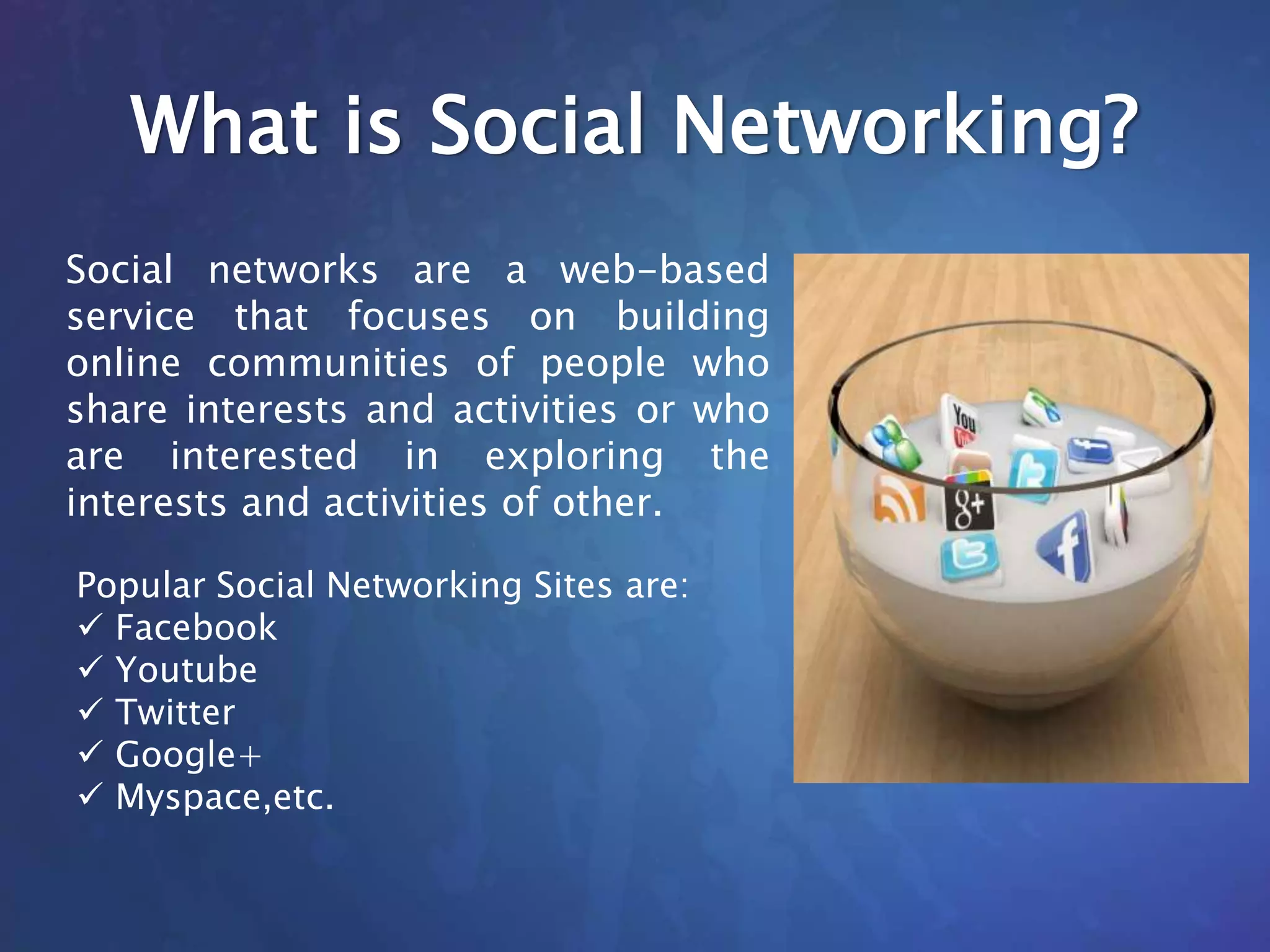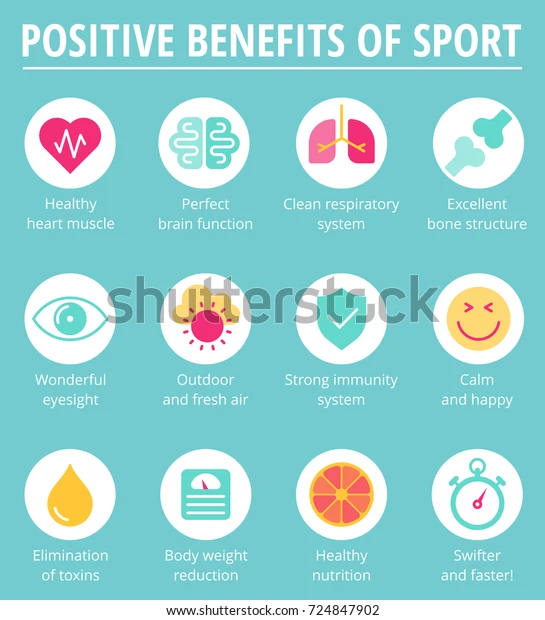The Passion for Feeding Games People
In many societies, eating and gaming go hand in hand. Whether it’s a Sunday night board‑game session among friends, a lively esports tournament, or a streamers’ marathon, food becomes part of the ritual. The passion for feeding “games people” reflects more than just satisfying hunger—it’s about community, comfort, culture, and creativity.

1. Food as Community Glue
People who gather to play games—whether video games, board games, sports, or role‑playing—often do so for connection. They share laughs, frustrations, victories. Bringing food into that setting creates an added bond.
- Shared meals reduce social barriers. A slice of pizza shared across the table during a board‑game keeps the conversation light. Snacks during video gaming sessions let people snack without pausing the game.
- Hospitality and warmth. There’s something deeply satisfying in feeding someone—you’re offering care. For a gamer who’s got sore thumbs, or someone who stays up late streaming, food feels like comfort.
- Tradition and ritual. Maybe every Friday night your gaming group orders take‑out. Or at conventions, booths serve specialized snacks. These traditions become as memorable as the games themselves.
2. Catering to Different Kinds of Gamers
Not all game‑people are alike. Their preferences, schedules, and contexts vary, which makes feeding them both fun and challenging.
The Future of Feeding Games People
- Casual gamers playing at home often want convenience: easy‑to‑eat snacks, minimal cleanup, maybe drinks that won’t spoil controllers or keyboards. Think finger foods, chips, dips, energy drinks.
- Competitive gamers / esports may have more structured setups. Long tournaments require fuel—meals with balance: protein, carbs, hydration. Some teams even employ nutritionists.
- Board‑game nights might favor more diverse food options: communal platters, dips, small servings so people can graze while thinking about strategies or waiting their turns.
Feeding people well in these contexts means matching food form to game form. A game with dice and cards? Avoid greasy fingers. A video game tournament? Quick bites that don’t distract from the screen. The more thought put into it, the more appreciated the food becomes.
3. Creativity in Game‑Friendly Cuisine
Because of the special constraints of feeding while gaming, there is opportunity for creativity—not just in flavor, but in format and presentation.
- Slip‑free snacks. Foods that don’t leave residue (no sticky mess on controllers). Veggies with dips to the side, or items designed for one hand.
- Themed food. Many gaming parties or livestreams use food tied to the game’s theme: potions for fantasy games, pixel‑shaped baked goods, cupcakes decorated like game characters. The visual fun amplifies the experience.
- Meal kits / shareables. Big trays, family‑style meals, or mix‑and‑match assortments so people can nibble at their own pace without interrupting play.
These innovations aren’t just gimmicks—they help increase enjoyment, reduce disruptions, and make meals more memorable.
4. The Emotional & Psychological Impact
Why do people care so much about feeding others during gaming?
- Comfort & satisfaction. Eating releases dopamine; combining that with the pleasure of gaming multiplies the positive feelings.
- Reducing friction and stress. Hunger is distracting. If gamers must stop, leave the room, order food, clean messes—that breaks immersion. Good food planning means smoother gaming.
- Feeling valued. When someone hosts a gaming event and makes good provision for food, guests often feel more appreciated. It signals thoughtfulness.
5. Challenges & Balanced Approaches
Of course, feeding game people well isn’t always easy.
- Health concerns. Lots of snack food can be high in sugar, salt, fats. Over‑relying on fast food or junk food can lead to fatigue, health issues.
- Logistics. Keeping food warm, avoiding mess, cleaning up, coordinating dietary restrictions (vegetarian, vegan, allergies) are non‑trivial.
- Cost. Good quality food, thematic or not, can be expensive. Balancing what’s affordable with what’s high quality and appropriate for the group is always a negotiation.
A balanced approach includes mixing snacks and full meals, offering healthier options (fruit, nuts, salads) alongside treats, and planning in advance so logistics don’t become chaos.
6. Real‑Life Examples
To show how this passion plays out:
- Gaming conventions. Big events often have food courts, branded food trucks, snacks tied to game merch. Some events even have cooking demos themed around the games.
- Streamers / content creators. Sometimes they do “mukbang” style game‑eating streams, or order specific food to match their game. Their audiences often get involved—suggesting food, discussing snacks, even collaborating.
- Casual game nights at home. A small group of friends playing tabletop games might potluck snacks, share dips, bring finger foods. It’s low stakes but high in good memories.
7. Why the Passion Endures
In the intersection of games and feeding people, there’s something timeless:
- Human beings love stories and interaction; games provide that.
- Human beings also love nourishment and comfort; food provides that.
When you bring them together, you amplify both—games become more enjoyable, food becomes more meaningful. The passion stems from that synergy: feeding people isn’t just about calories; it’s about joy, belonging, memory, and care.
Conclusion
The passion for feeding games people is rich and multifaceted. At its heart, it’s about more than keeping players from getting hungry—it’s about community, comfort, creativity, and meaningful connection. Whether it’s finger food shared during a co‑op video game session or an epic board game marathon with themed snacks, food in gaming settings elevates the experience.
The Future of Feeding Games People
To feed games people well is to understand the rhythms of their play, respect their needs, and add warmth and joy to their gatherings. It’s a small act with big impact—and that’s why the passion continues to grow.
If you like, I can write another version with a different focus (e.g. “feeding people through gaming” like charity games, or “feeding gamers” healthily), or shorten it. Want that?
Here is a 1000-word article titled “The Passion for Feeding Games People” — focused on the joy, meaning, and culture of feeding people who play games, from casual home players to esports pros.
The Passion for Feeding Games People
Food and games — two things that bring people together. Whether it’s a quiet board game night with friends, an intense esports tournament, or a long streaming session on Twitch, one thing is almost always present: food. Feeding “games people” — players, fans, streamers, and community members — is about more than just satisfying hunger. It’s about care, connection, culture, and celebration.
Across the world, people show their love and passion by feeding others. When that passion is aimed toward gamers, it creates a unique and growing subculture built on creativity, community, and joy.
Food as a Language of Connection
In many gaming spaces, food becomes a silent language of connection. It’s something to share, something to laugh over, something that makes the gaming experience even better.
- Board game nights often include bowls of chips, homemade dips, or themed snacks. These aren’t just extras — they’re part of the ritual.
- LAN parties bring people together physically, often for hours or days at a time, where shared meals help build memories as strong as the games themselves.
- Online gaming sessions might not include physical food-sharing, but players often eat together on voice chat or send each other food delivery as a sign of friendship.
Feeding others in these settings isn’t just about hunger — it’s about making people feel welcome, comfortable, and part of something bigger.
Gamers Have Unique Needs
Gamers are not just one type of person — they come in all ages, lifestyles, and levels of play. Feeding them well means understanding their needs.
- Casual gamers at home might prefer snacks that are quick, clean, and easy to eat without pausing the game — think crackers, fruit, or pizza.
- Hardcore gamers or esports players need food that fuels focus and energy. Many pro teams hire nutritionists to help balance performance with health.
- Streamers often eat on camera, where food becomes part of their content — leading to “mukbang” gaming streams or themed food challenges.
Because gaming sessions can go long — even all night — food plays a critical role in keeping players energized, focused, and happy.
The Art of Game-Friendly Food
Feeding people who are playing games is an art form. You have to think beyond taste — to practicality, timing, and messiness.
Smart Gamer Snacks:
- Dry finger foods that don’t leave residue (think nuts, cheese cubes, or veggie sticks).
- Food with handles — sliders, skewers, or wrapped items are ideal for one-handed eating.
- No distractions — avoid food that requires utensils, makes loud crunching noises, or needs two hands.
A well-fed gamer is a happy gamer — but a thoughtfully fed gamer is an even better one. It shows care, creativity, and attention to detail.
Themed Meals and Gaming Culture
One of the most fun ways people express their passion for feeding gamers is through game-themed food. These aren’t just meals — they’re part of the gaming experience.
- Zelda-themed feasts with rupee-shaped cookies and “red potion” drinks.
- Among Us party snacks with crewmate-shaped cakes and space-themed candies.
- Dungeons & Dragons dinners where each course represents a part of the adventure.
These meals are about immersion. They transform food into a creative expression of fandom. For the person preparing the food, it’s a labor of love. For the players, it enhances the experience and makes the night unforgettable.
The Emotional Power of Feeding Others
Feeding people always carries emotional weight — but in gaming communities, it often means even more.
- It shows appreciation — when someone brings food to a game night, it’s a sign that they value the group.
- It brings comfort — especially during long sessions or intense competition.
- It builds bonds — shared meals create shared memories, just like shared victories in games.
In online communities, this passion sometimes shows up in creative ways. Gamers send each other digital gift cards for food, or streamers buy meals for their moderators or fans. It’s a way of saying “thank you” and “you matter.”
Challenges in Feeding Gamers
Of course, there are some unique challenges when it comes to feeding gamers:
- Mess — greasy fingers and expensive gear don’t mix.
- Health — junk food is common, but not always sustainable for long play sessions.
- Dietary needs — vegan, gluten-free, keto, and allergy-friendly options are important, especially in group settings.
The passion for feeding gamers grows when people get creative and inclusive — making sure everyone can enjoy the food, not just a few.
When Food Becomes Content
In today’s digital world, food isn’t just consumed — it’s part of the show.
- Streamers eat live during long marathons or “just chatting” sessions.
- YouTube gamers post food reviews tied to gaming culture (like trying Mountain Dew Game Fuel or rare snacks from Japan).
- Charity gaming events include food challenges — like eating spicy wings after losing a round.
Food becomes part of the storytelling, part of the entertainment. The line between “feeding gamers” and “gaming through food” is constantly blurring.
The Future of Feeding Games People
As gaming becomes more mainstream and social, the passion for feeding games people is only growing. New trends are emerging:
- Gaming cafés that serve themed food alongside board games or PC setups.
- Food delivery partnerships with streamers and esports tournaments.
- Meal kits for game night — complete with recipes, utensils, and snack pairings.
This space will continue to grow — and the people who love to feed gamers will keep finding new, exciting ways to bring joy through food.
Conclusion
Feeding games people isn’t just about filling stomachs — it’s about feeding the experience, the emotion, and the community that games create. It’s about care, creativity, and connection.
Whether it’s a bag of chips at a console, a feast for a fantasy campaign, or a thoughtful, healthy meal between tournament rounds, food matters. And the people who are passionate about feeding gamers — friends, family, organizers, streamers — play a vital role in making gaming richer, warmer, and more human.
That’s the power — and the passion — of feeding games people.
Let me know if you’d like this turned into a PDF, blog post format, or want an illustrated version.
Sure! Here’s a 200-word version of the article “The Passion for Feeding Games People”:
The Passion for Feeding Games People
Food and games have always gone hand in hand. Whether it’s a casual board game night, an intense esports tournament, or a long streaming session, feeding gamers is about more than just stopping hunger — it’s about creating comfort, connection, and community.
Gamers often spend hours immersed in their worlds, and the right food keeps them focused, energized, and happy. From quick snacks like chips and fruit to full themed meals inspired by video games, food becomes part of the gaming experience. Even online, players share meals virtually, send each other food delivery, or eat together during live streams.
Feeding gamers also shows care. A host who plans smart snacks — non-greasy, easy-to-eat, one-handed — makes the night smoother and more fun. Themed foods, like cupcakes shaped like game characters or “healing potions” as drinks, add creativity and joy.
As gaming culture grows, so does the passion for feeding its people. It’s about more than taste — it’s about bonding, celebrating, and showing love through food. Whether you’re a gamer, a host, or a fan, there’s a unique kind of joy in feeding those who play.
Let me know if you’d like a version targeted to a specific type of gamer (e.g., kids, streamers, pros).






